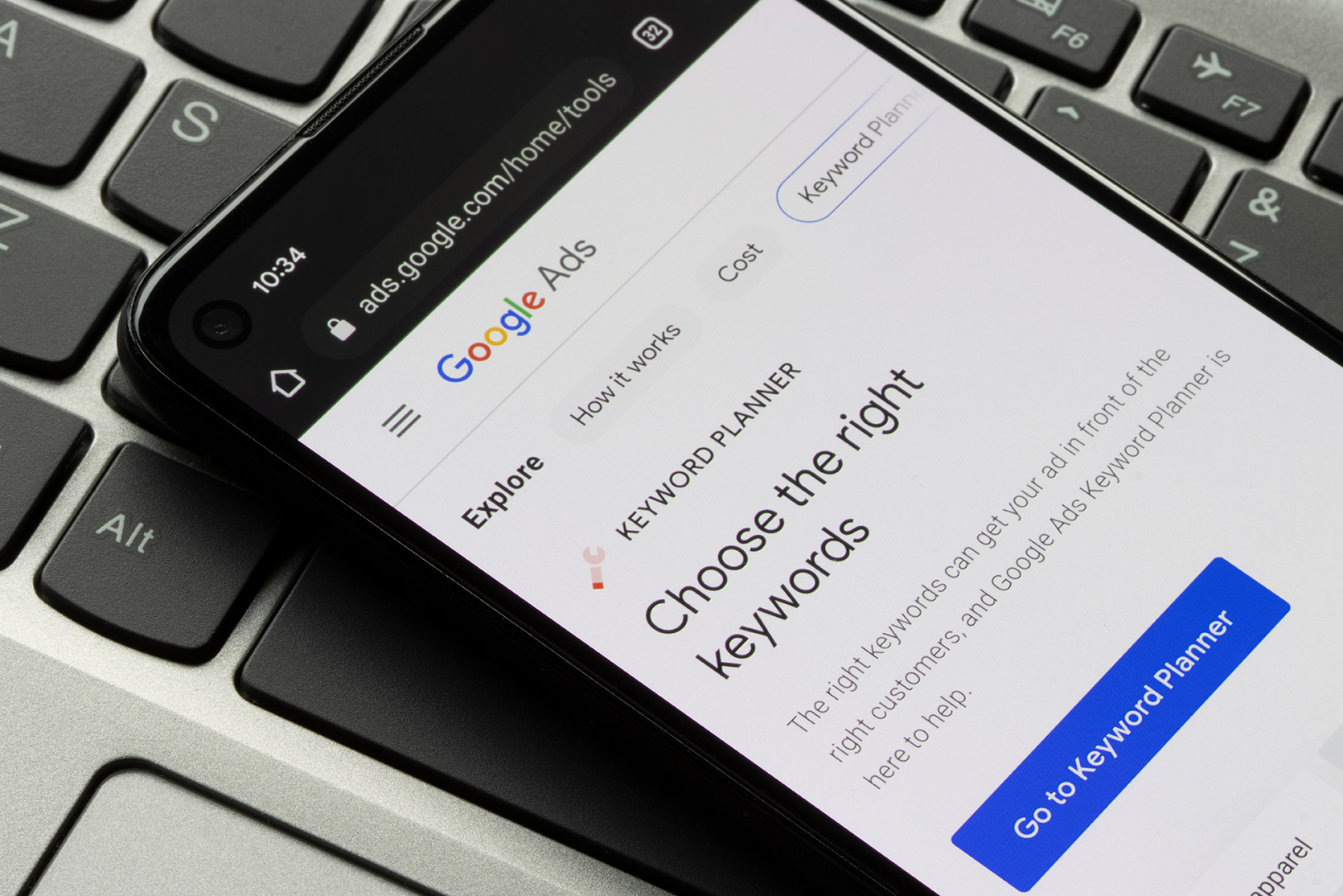
Authentication: Who Are You?
Authentication verifies the identity of a user. It’s the process that confirms whether someone is, in fact, who they claim to be.
Guidelines:
- Use Multi-Factor Authentication (MFA): Combining passwords with a second form of authentication like an SMS code or an authentication app significantly improves security.
- Implement Strong Password Policies: Minimum length, a mix of characters, and regular changes can make passwords more secure.
- Rate Limiting: Implement rate limiting on login attempts to mitigate brute force attacks.
Authorization: What Can You Do?
Once authenticated, a user must be authorized to perform specific actions. Authorization is the process that decides if the authenticated user has the appropriate permissions to carry out a given operation.
Guidelines:
- Role-Based Access Control (RBAC): Assign permissions based on roles rather than individuals for easier management and better security.
- Least Privilege Principle: Grant only the permissions necessary for users to complete their tasks.
- Always Reauthenticate: For sensitive operations, always reauthenticate the user.
Token-Based Systems
Token-based authentication systems like JWT (JSON Web Tokens) are becoming increasingly popular for their scalability and ease of use.
Guidelines:
- Token Expiry: Set reasonable expiration times for tokens.
- Secure Storage: Store tokens securely, either in HTTP-only cookies or other secure storage mechanisms.
- Validation: Always validate tokens on the server-side.
OAuth for Third-Party Authorization
For applications that require users to interact with third-party services, OAuth is a widely-accepted standard for secure and streamlined authorization.
Guidelines:
- Use Trusted Providers: Always use trusted OAuth providers.
- Limit Permissions: Request only the permissions your application genuinely needs.
- State Parameter: Use a state parameter to prevent CSRF attacks in OAuth procedures.
Conclusion
Protecting user data involves a holistic approach encompassing both robust authentication and fine-grained authorization. By adhering to best practices and continually updating security measures, developers can significantly improve the security posture of their web applications, earning user trust and safeguarding sensitive data.








